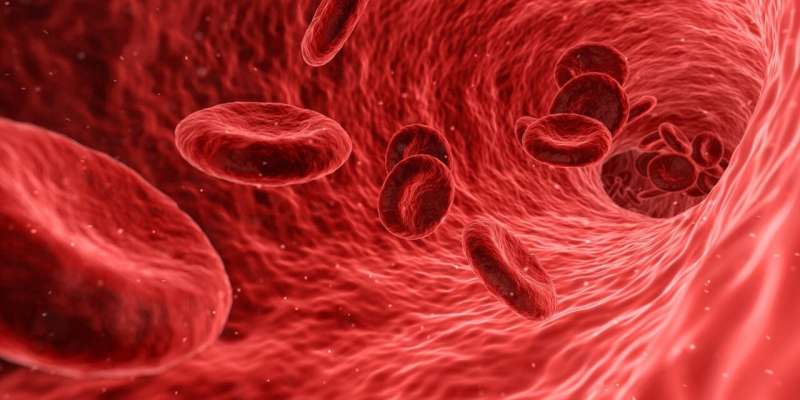Innovative Nomogram Predicts Deep Vein Thrombosis Risk in Epithelial Ovarian Cancer Patients

A new predictive nomogram has been developed to assess the risk of deep vein thrombosis in patients with epithelial ovarian cancer, aiding personalized prevention and treatment strategies.
A recent breakthrough in medical prediction models has led to the development of a novel nomogram designed to assess the risk of deep vein thrombosis (DVT) in patients with epithelial ovarian cancer. Nomograms are renowned for their ability to translate complex statistical data into straightforward graphical tools that facilitate personalized risk assessment and guide preventive strategies.
This newly validated model was constructed following a comprehensive study involving 429 patients diagnosed with epithelial ovarian cancer. During the study, 116 patients, representing approximately 27%, developed DVT. The researchers identified several key factors that independently increase the risk of DVT, including age, body mass index, hypertriglyceridemia, tumor stage and grade, CA125 biomarker levels, platelet count, and fibrinogen levels.
The predictive accuracy of the nomogram was thoroughly evaluated, demonstrating strong performance and potential for clinical application. By estimating an individual patient’s likelihood of developing DVT, clinicians can better tailor prevention and treatment plans, potentially reducing the incidence of this serious complication.
Epithelial ovarian cancer, which accounts for over 90% of ovarian cancer cases, remains particularly challenging to detect early due to its subtle symptoms, such as abdominal bloating and appetite loss, often in advanced stages. The standard treatment involves extensive surgery and chemotherapy, both of which elevate the risk of complications like DVT, which can lead to pulmonary embolism and respiratory failure if untreated.
Early identification of high-risk patients is crucial in minimizing these risks. The use of such predictive nomograms promises to improve patient outcomes by enabling targeted preventive measures.
According to Dr. Monica Christmas, associate medical director for The Menopause Society, "Finding ways to prevent treatment-related complications like DVT is vital to improving survival rates and quality of life for women with advanced ovarian cancer."
For additional details, refer to the original study published in Menopause: Construction of a nomogram prediction model for deep vein thrombosis in epithelial ovarian cancer. Source: https://medicalxpress.com/news/2025-06-deep-vein-thrombosis-patients-epithelial.html
Stay Updated with Mia's Feed
Get the latest health & wellness insights delivered straight to your inbox.
Related Articles
FDA Approves Monjuvi (Tafasitamab) for Advanced Follicular Lymphoma Treatment
The FDA has approved Monjuvi (tafasitamab) combined with rituximab and lenalidomide for adults with relapsed or refractory follicular lymphoma, offering new hope in chronic lymphoma management.
Evaluating the Value of Multicancer Screening Tests: Critical Questions Before Proceeding
Learn about the potential and limitations of multicancer screening tests, and important questions to ask before considering such tests for early cancer detection.
Innovative Rapid Kidney Test Under Development for Early Detection and Monitoring
A new rapid blood test is being developed to detect kidney injury earlier and enable timely treatment, reducing the risk of progression to chronic kidney disease.
Transforming Global Health: Moving Beyond Grant-Dependent Systems
A groundbreaking study highlights the need to overhaul grant-dependent funding models in global health, advocating for systemic change to promote equity and true decolonization.



